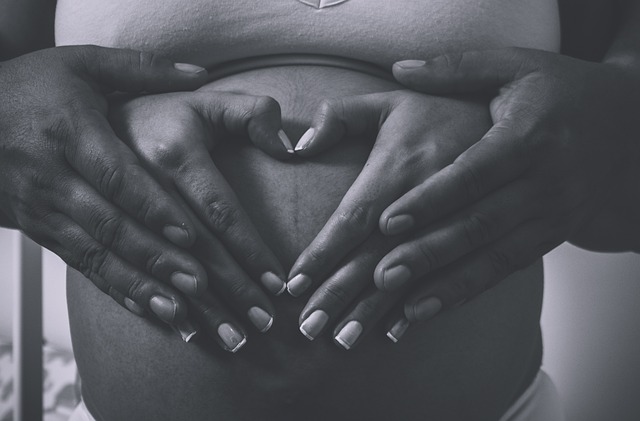One of the most thrilling moments for expectant parents is hearing their baby’s heartbeat for the first time. This rhythmic thump serves as a reassuring reminder of the life growing within. Here’s everything you need to know about your baby’s heartbeat, its development, and how you can listen for it.
When Does Your Baby Have a Heartbeat?
By the fifth week of pregnancy, the cluster of cells that will form your baby’s heart begins to develop and starts to pulse. If you undergo a first-trimester ultrasound (usually around or after the sixth week), your healthcare provider or a skilled sonographer will check for this embryonic cardiac activity. This ultrasound also helps determine your estimated due date as well as the number of babies you’re expecting. As your pregnancy progresses, by weeks 17 to 20, the chambers of your baby’s heart will be developed enough to be clearly visible on an ultrasound.
When Can You Hear a Baby’s Heartbeat?
You might be eagerly anticipating the moment you can hear your baby’s heartbeat. Typically, you can expect to hear it through a Doppler device around the 10th to 12th week of pregnancy. This device amplifies the sound, allowing you to listen to your baby’s heartbeat more clearly. It’s a significant milestone that many parents look forward to as a sign of healthy development.
Normal Fetal Heart Rate
A typical fetal heart rate ranges from 120 to 160 beats per minute. However, every baby is unique, and variations can occur. Regular check-ups will help ensure your baby’s heart is developing properly.
Development of Your Baby’s Heart and Circulatory System
From the onset of your pregnancy, your baby’s heart and circulatory system undergo numerous changes each week. The heart becomes more structured and begins to pump blood effectively, providing nutrients and oxygen essential for growth.
If you’re exploring options for conception, you might find resources such as Make A Mom helpful. They offer at-home insemination solutions, including the only reusable option available. For more information on how at-home insemination works, check out their explanation here. Additionally, if you are considering intrauterine insemination, Healthline provides valuable insights into the procedure.
For postpartum recovery, you can read about essentials for comfort in our blog post linked here.
As you continue your journey through pregnancy, you might find this resource useful for both pregnancy and home insemination tips. Remember, every heartbeat tells a story of growth and hope.
Summary
Hearing your baby’s heartbeat is one of the most exciting aspects of pregnancy. It typically becomes detectable by week 10 to 12 through a Doppler device, with the heart beginning to form and pulse by week 5. Understanding your baby’s heart rate and development can provide reassurance throughout your pregnancy journey. For those considering at-home insemination, Make A Mom offers unique solutions, and additional resources can help guide your experience.
